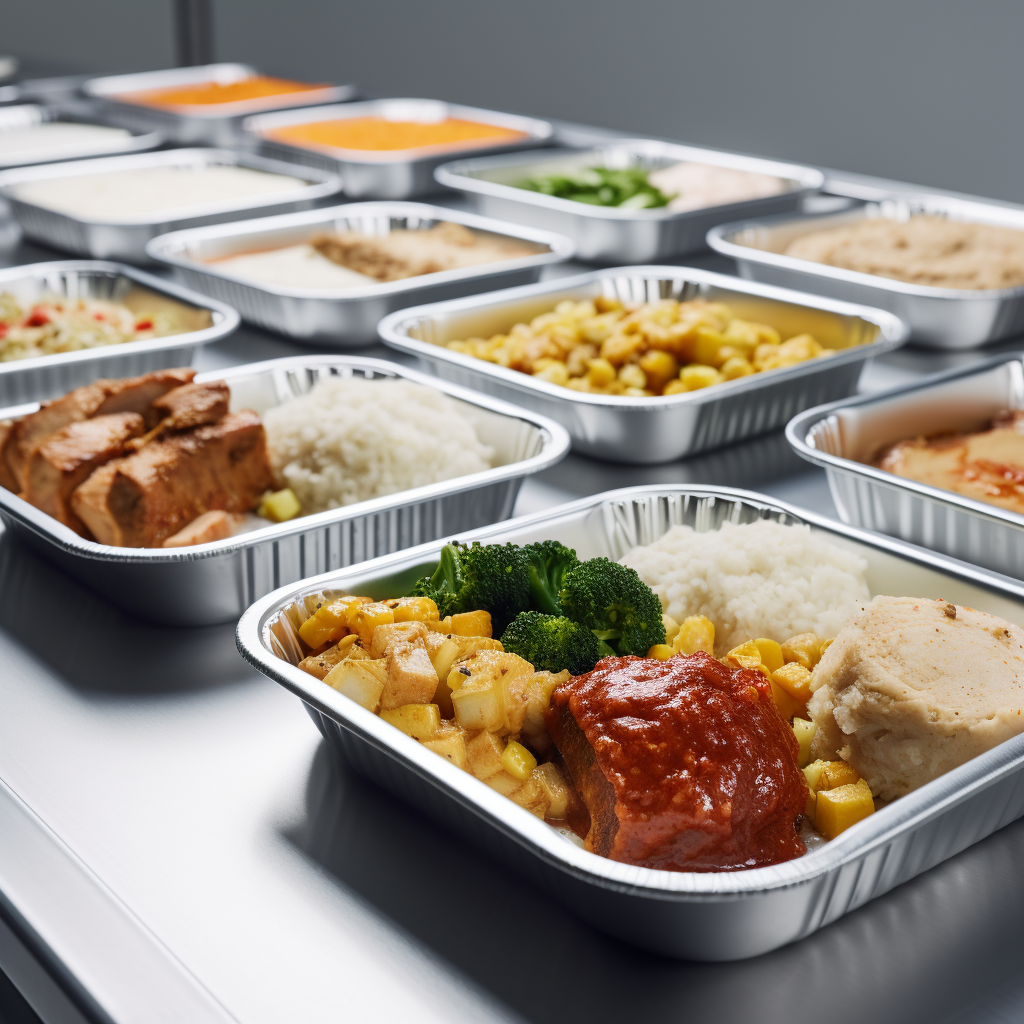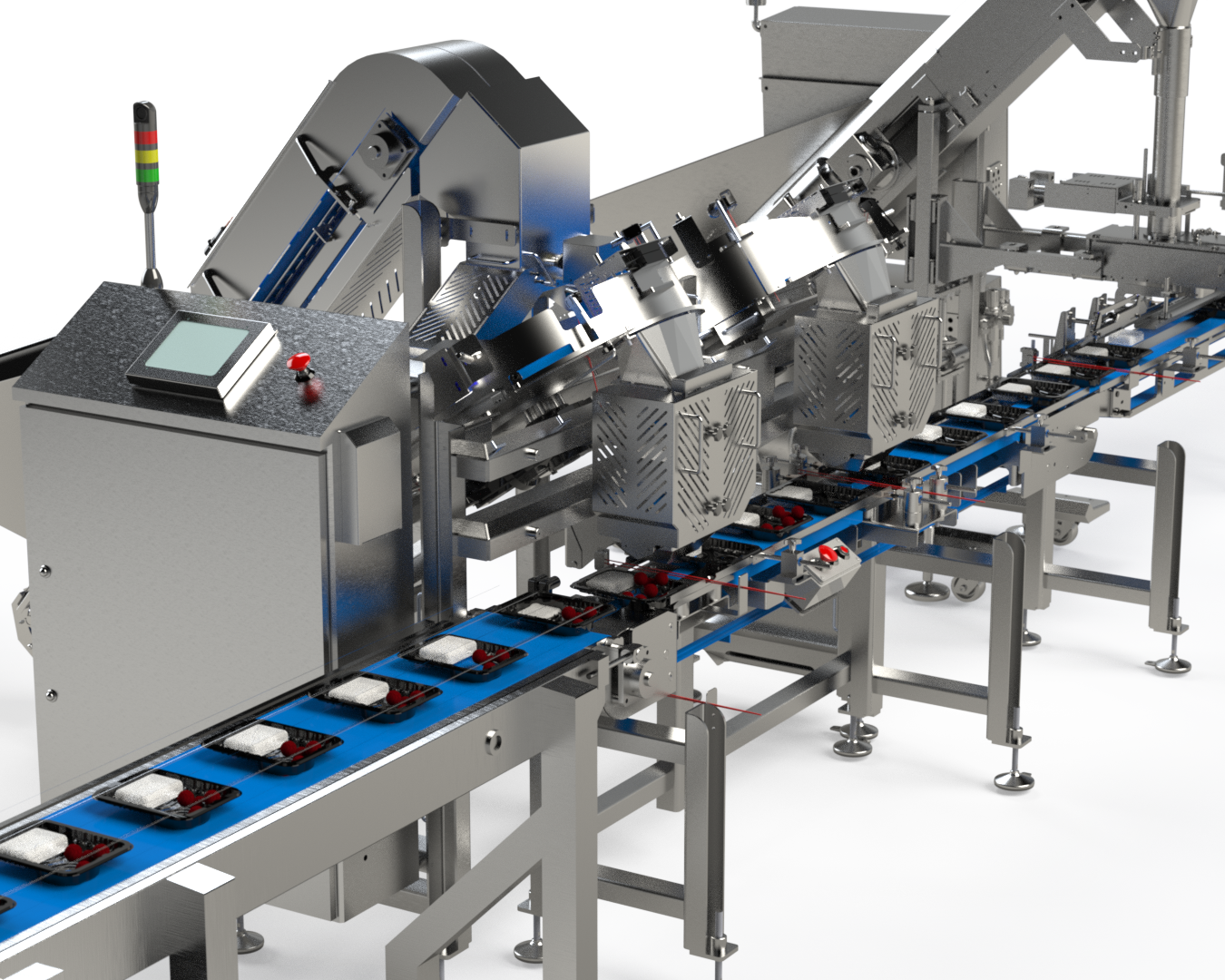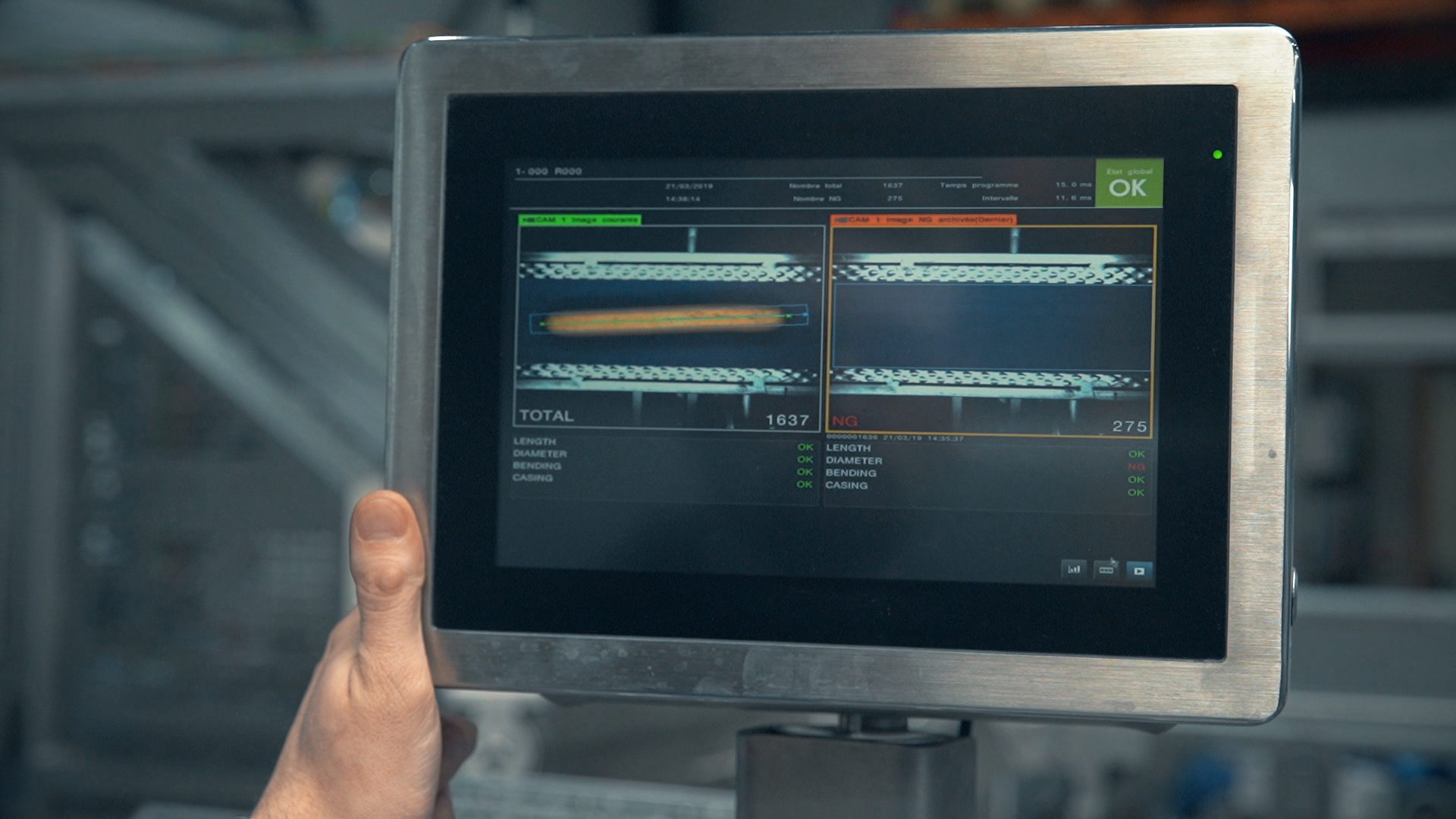How can your business increase the shelf life of fresh foods?
As a business that packs and supplies foods, preserving freshness is, no doubt, one of your prime considerations. What methods can you use to extend the shelf life of your products - and how can these methods be incorporated into your filling and packing line?
Vacuum packing
Vacuum packing is undoubtedly the best way to extend the sell-by dates of your products. This method consists of removing the air from a package before sealing it. The reason food spoils is the atmospheric oxygen surrounding it. Oxygen promotes the growth of fungi and bacteria and also causes oxidation on some foods, resulting in natural breakdown and decay.
When oxygen is removed from a package, these risks go with it, lowering or eliminating the food’s exposure to the factors that cause decay. Vacuum packing also reduces the bulk of your packaging, allowing more items to be packed onto a supermarket shelf. Gas flushing is another method often used to keep food fresh. This involves displacing the oxygen from packages by pumping in a different gas that does not promote decay. Nitrogen is the most commonly used gas.
Our machines fill a wide variety of foods into any container
Depending on the type of foods you fill and the kinds of packaging you use, you may choose to employ either vacuum packing or gas flushing - or perhaps both. Multi-Fill’s food filling machines can fit into any filling line, with a wide variety of foods, and facilitating both vacuum packing and gas flushing. Our MPFMP-060, MPFSH-075 and MPFSC-120 volumetric fillers, are all highly adaptable machines designed to fill even hard-to-dispense foods, and work with various filling line methodologies.
To find out more about
Multi-Fill’s food packaging machines and how they can increase the efficiency of your production line and help you pack your products for extra freshness,
contact us today.
Designing a food filling line: Product is king

















